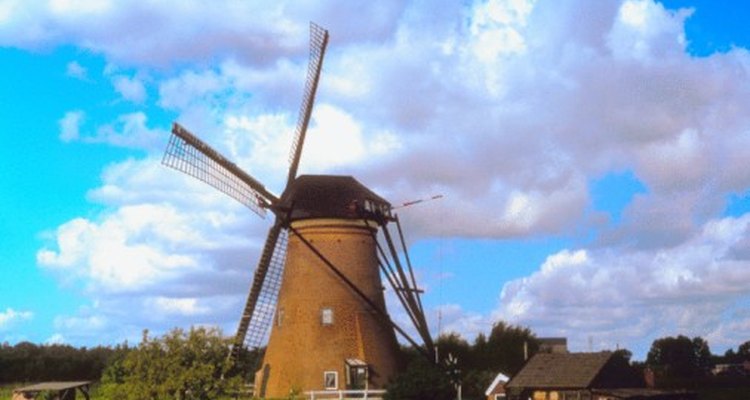
In the days before kitchen ranges became common, baking bread was a major undertaking. In some parts of Europe, it was common to bake a month's supply at a time and dry the bread for storage. One method of drying bread that has survived into the modern age is the production of rusks, or zwieback, for eating whole or to provide crumbs as a recipe ingredient.
Making Rusks
Rusks are made by slicing loaves of bread, then baking the slices in a warm oven until they are completely dry. This was originally a means of preserving the bread, which became too dry to support mold or bacterial growth. The rusks could be eaten as they were, with cheese or preserves, or softened with water for the elderly. They could also be added to a bowl of soup to make it more substantial. Rusks are also known by the German name Zwieback, meaning "twice baked." Biscotti, the hard Italian cookie, is made using the same method.
Rusk Crumbs
In the countries around the Baltic Sea, where rusks are popular, they are used as crumbs for baking. Because they are baked rather than dried out over a period of days, rusks are crisp rather than hard, and are easy to crumble. They have a better flavor than breadcrumbs, because they are dried, but not stale. In much of Europe, rusk crumbs are used instead of breadcrumbs for baking.
Savory Uses for Rusk Crumbs
Rusk crumbs have a multitude of uses in the cuisine in the Netherlands, Belgium, Denmark and the Baltic areas of Germany. They are the common choice for any item of meat, fish or poultry that is to be breaded and fried, for example. Rusk crumbs are often fried in a small amount of butter, then sprinkled over vegetable dishes or sauces as a garnish and to provide a contrasting texture. Rusk crumbs are used in stuffing for fish and poultry, and some varieties of dumplings are made from the crumbs.
Rusk Crumbs in Baking
Rusk crumbs are equally valuable in the production of sweets and other baking. A rustic Danish dessert is made from alternating layers of rusk crumbs and applesauce, garnished with red currant jelly. There are also a number of cakes and puddings in the European repertoire that consist of cake or rusk crumbs, combined with sugar and a variety of dried fruits and spices. Rusk crumbs are used to make crusts for tarts, and some of the oldest recipes for pumpernickel call for a quantity of rusk or bread crumbs in the dough.
Related Articles
What Is Rusk Bread?

What Is Artisan Bread?
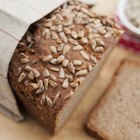
Russian Rye Bread vs. Pumpernickel
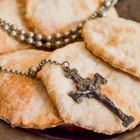
How to Make Communion Bread Wafers

About Colonial Desserts
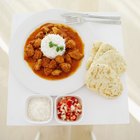
What Is Indian Flat Bread Called?
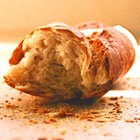
Differences Between French & Italian ...

A List of Leavening Agents

Good Italian Desserts That Don't Need ...

5 Examples of Yeast Breads

Main Ingredients of English Muffins

Zwieback Toast vs. Melba Toast
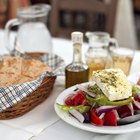
List of Greek Breads
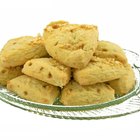
What Is the Difference Between Scones & ...
How to Freeze a Fruitcake

What Is Mixed Peel?

How to Freeze Brioche

What Conditions Make Mold Grow on Bread ...

How to Dry Pumpkins
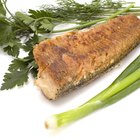
How to Freeze Cod Fish
References
- "The Professional Pastry Chef, Fourth Edition"; Bo Friberg; 2002
- "The Bread Baker's Apprentice: Mastering the Art of Extraordinary Bread"; Peter Reinhart; 2001
- "The Old World Kitchen: The Rich Tradition of European Peasant Cooking"; Elizabeth Luard; 1987
- Canadian Broadcasting Corporation; Ciao Bella!'; Homemade Bread Crumbs and Rusk; 2004
- Gourmet Sleuth: Rusk Flour
Writer Bio
Fred Decker is a trained chef and prolific freelance writer. In previous careers, he sold insurance and mutual funds, and was a longtime retailer. He was educated at Memorial University of Newfoundland and the Northern Alberta Institute of Technology. His articles have appeared on numerous home and garden sites including GoneOutdoors, TheNest and eHow.
Photo Credits
Jupiterimages/Photos.com/Getty Images